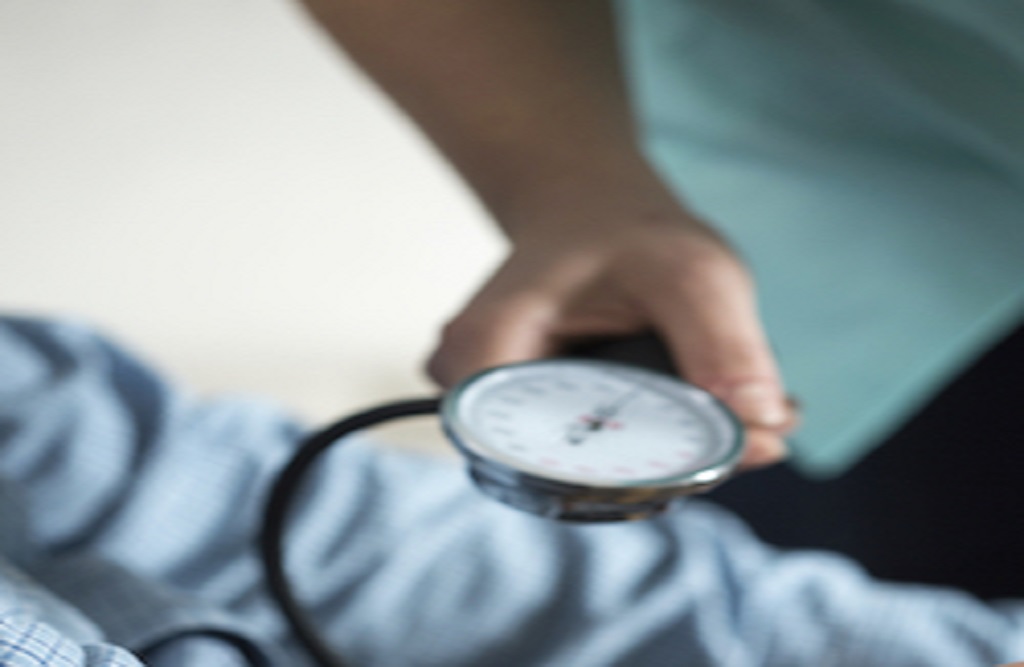Managing Postural Orthostatic Tachycardia Syndrome

Postural Orthostatic Tachycardia Syndrome, or POTS, is characterized by an abnormally rapid heart rate upon standing up. The conditions are seldom seen alone and often accompany other challenging-to-diagnose syndromes and diseases. Usually, the cause is not quickly diagnosed and needs an experienced medical team to find the reason.
Ten Common Symptoms of POTS:
- Dizziness
- Headaches
- Stomach pains
- Nausea
- Tremors
- Racing heart
- Pain in the chest
- Shortness of breath
- Insomnia
- Bladder issues
Ehlers-Danlos Connection to POTS
The two syndromes, POTS and the connective tissue disorder Ehlers-Danlos are often seen together because they share underlying mechanisms and overlapping symptoms. Both conditions involve dysfunction in the autonomic nervous system, which controls involuntary bodily functions such as heart rate and blood pressure. In POTS, this dysregulation manifests as an excessive increase in heart rate upon standing. EDS can result in many symptoms, including orthostatic intolerance and gastrointestinal issues.
Another shared mechanism is vascular abnormalities. POTS is often associated with blood pooling in the lower extremities, leading to reduced blood flow to the brain and subsequent symptoms. Similarly, EDS can cause vascular fragility and weakness, contributing to blood pooling and impaired circulation. These vascular abnormalities can further exacerbate symptoms and contribute to the overlap between the two conditions.
Lyme Infections and Autoimmune Syndromes Linked to POTS
Though EDS is the most common coexisting syndrome associated with POTS, it is not the only one. Since POTS is associated with the autonomic system, other conditions can negatively affect blood pressure and heart rate, including:
- Lyme Disease
- Epstein Barr
- Mycoplasma pneumonia
- Systemic Lupus
- Long COVID
- Hashimoto’s Thyroiditis
- Celiac Disease
- Diabetes
- Multiple Sclerosis
Each of these conditions may cause POTS because there may be infection, inflammation, and damage to the autonomic nerves or autonomic ganglia. This is why it is critical to diagnose and treat the underlying causes of POTS rather than address the symptoms. Physicians at Restoration Healthcare have experience with overlapping complex chronic illnesses.

What is the Connection Between POTS and EDS?
In individuals with EDS, the connective tissue that supports the body’s structures is weakened, leading to joint hypermobility and increased susceptibility to injury. This connective tissue weakness can also affect the blood vessels, leading to blood pooling in the lower extremities and reduced blood flow to the brain.
Postural Orthostatic Tachycardia Syndrome is characterized by an abnormal increase in heart rate upon standing, often accompanied by dizziness, lightheadedness, and fainting. This is believed to be a compensatory response to the reduced blood flow to the brain. Given the shared autonomic dysfunction and vascular abnormalities, it is not surprising that POTS and EDS frequently coexist in individuals, with studies estimating that up to 80% of POTS patients also have EDS. The connection between POTS and EDS highlights the complex interplay between genetic and physiological factors in developing these conditions. It underscores the importance of a multidisciplinary approach to their diagnosis and management.
- POTS is characterized by difficulty tolerating an upright position, leading to symptoms upon standing.
- The most common symptoms of Postural Orthostatic Tachycardia Syndrome (POTS) include orthostatic intolerance, tachycardia (rapid heartbeat), dizziness, lightheadedness, fatigue, and exercise intolerance.
Diagnosing POTS
Our integrative healthcare providers conduct a comprehensive medical evaluation to diagnose POTS, including a review of the patient’s history and symptoms and a physical examination. Several diagnostic tests may also be undertaken, such as tilt table testing to evaluate cardiovascular response, autonomic function tests to assess the nervous system’s functioning, and blood tests to rule out other medical conditions and evaluate hormone levels. Once diagnosed, treatment for POTS focuses on symptom management and improving the patient’s quality of life.
The treatment of POTS involves a combination of non-pharmacological approaches and medications. Non-pharmacological strategies include increasing fluid and salt intake to maintain blood volume, wearing compression garments to improve circulation, and adopting lifestyle modifications such as regular exercise and dietary changes. Your physician may prescribe medications commonly used for POTS to regulate heart rate, increase blood volume, and maintain blood pressure.
Managing POTS with Integrative Medicine
A critical aspect of managing POTS is maintaining a healthy diet. This includes consuming a balanced mix of nutrients, such as proteins, carbohydrates, and fats. Staying hydrated by drinking plenty of water throughout the day is also crucial. Avoiding caffeine and alcohol can help prevent worsening symptoms, as these substances can increase heart rate and blood pressure. Additionally, eating smaller, more frequent meals can help regulate blood sugar levels and prevent sudden drops in blood pressure.
Adequate rest and sleep are crucial for managing POTS, as fatigue can worsen symptoms. Finally, managing stress through relaxation techniques, such as deep breathing exercises or meditation, can help reduce the impact of POTS on daily life.
Your physicians may suggest lifestyle modifications to manage the symptoms POTS symptoms, including:
- Hydration: Staying well-hydrated by drinking adequate fluids, especially water, can help alleviate symptoms like dizziness and lightheadedness commonly experienced in POTS.
- Salt intake: Increasing salt intake can regulate blood volume in POTS patients and offset symptoms. However, it’s essential to consult with a healthcare professional for specific recommendations on salt consumption.
- Exercise: Engaging in regular low-impact exercise, such as swimming, cycling, and walking, can improve cardiovascular fitness and reduce POTS symptoms. Consult with a healthcare provider to determine an appropriate exercise routine. It is essential to start slowly and gradually increase the intensity and duration of exercise to avoid overexertion. Read more here.
- Compression garments: Wearing compression stockings or garments can prevent blood pooling in the lower extremities, reducing symptoms associated with POTS.
- Diet: A balanced diet rich in fruits, vegetables, whole grains, and lean proteins can support overall health and potentially alleviate symptoms of EDS and POTS. Individual dietary changes may be recommended based on specific needs.
It is vital for individuals with POTS to receive comprehensive care from a multidisciplinary team of healthcare professionals, including integrative physicians, cardiologists, neurologists, and other specialists. This approach ensures a holistic treatment plan tailored to the patient’s needs. It is essential to consult with a healthcare professional for personalized recommendations and guidance in managing this condition. Regular follow-up visits are crucial to monitor progress and make necessary adjustments to the treatment plan. For more information Contact or Call us at (949) 535-2322, please fill out our patient-inquiry form online.

